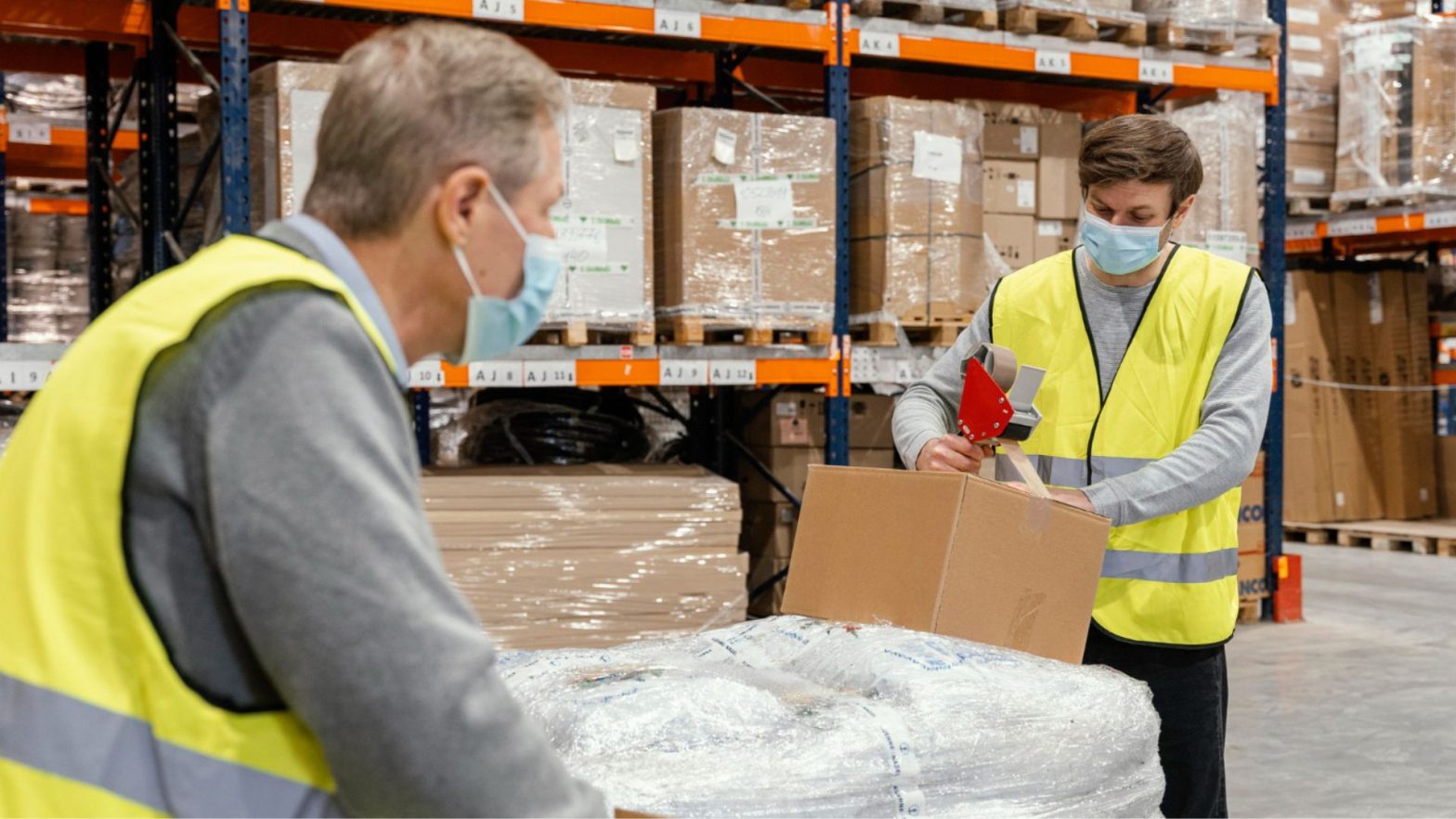For paper distributors importing or exporting packaging materials, navigating U.S. Customs is a critical part of ensuring supply chain continuity. Paper-based freight—whether in rolls, reams, cartons, or finished packaging—must comply with complex federal regulations covering classification, documentation, sustainability certifications, and tariff requirements. Delays or non-compliance at the border can disrupt delivery schedules, increase landed costs, and harm customer relationships.
This guide walks paper and packaging distributors through the essential steps and best practices for clearing paper freight through U.S. Customs efficiently and legally.
Why Customs Compliance Matters in Paper Logistics
Avoids port delays and detentions
Prevents financial penalties or shipment rejections
Ensures proper duty and tariff classification
Supports sustainability and legality declarations (e.g., FSC, anti-deforestation laws)
Protects access to U.S. markets and retail customers with traceability requirements
As enforcement around import declarations and sustainability practices increases, paper distributors must treat customs navigation as a strategic function—not just an administrative one.
Key Paper Products Subject to Customs Clearance
Raw materials (e.g., kraft paper rolls, tissue stock)
Converted goods (e.g., paperboard cartons, wrapping paper)
Printed packaging (e.g., branded boxes or inserts)
Compostable or laminated paper formats
Paper with coatings, adhesives, or multi-layer constructions
Each type may carry different classification codes and documentation requirements.
Step-by-Step Guide to Clearing Paper Freight Through U.S. Customs
1. Correct Tariff Classification (HTS Code)
Use the Harmonized Tariff Schedule (HTS) to classify paper products accurately. Common categories include:
4802: Uncoated paper and paperboard
4810: Coated paper and paperboard
4823: Other paper and paperboard articles
4909: Printed paper goods
Misclassification can lead to penalties or incorrect duty assessments. Distributors should work with customs brokers to ensure all paper SKUs are correctly coded.
2. Declare Country of Origin
U.S. Customs requires a clear declaration of origin for all paper products. If materials are sourced from multiple countries (e.g., FSC-certified pulp from Brazil, converted in Mexico), origin must be determined by substantial transformation rules.
3. Documentation Checklist
Key documents for paper freight include:
Commercial Invoice
Bill of Lading or Air Waybill
Packing List
Certificate of Origin
Import Security Filing (ISF) for ocean freight
Any applicable sustainability certifications (e.g., FSC, PEFC)
For shipments under trade agreements (e.g., USMCA), include preferential duty forms to qualify for reduced or zero tariffs.
4. Understand Regulatory Oversight
Agencies involved in paper imports include:
U.S. Customs and Border Protection (CBP) – for classification, duty, and ISF requirements
U.S. Department of Agriculture (APHIS) – monitors for wood pests and plant-based import restrictions
U.S. Fish and Wildlife Service (FWS) – enforces the Lacey Act, which applies to illegally harvested wood or fiber used in packaging
Distributors must verify that imported fiber-based products comply with all laws, especially if labeled “sustainable,” “FSC-certified,” or “natural.”
5. Stay Ahead of Tariff Changes
Tariffs on paper products fluctuate due to trade policy, anti-dumping measures, or geopolitical tensions (e.g., past tariffs on Chinese paperboard). Monitoring the U.S. International Trade Commission (USITC) and working with trade compliance experts helps manage duty exposure.
Common Pitfalls in Paper Freight Clearance
Using outdated HTS codes or applying them inconsistently across shipments
Failing to include FSC license codes or required declarations for certified materials
Overlooking required fumigation or pest-free certifications for wooden reels or pallets
Inaccurate weight and dimension declarations, leading to reclassification or reinspection
Mislabeling laminated, coated, or composite paper goods (which may shift classification from paper to plastic or multi-material)
Best Practices for Distributors
Partner with an experienced customs broker who understands the paper and packaging sector.
Maintain SKU-level compliance records, including HTS codes, certification data, and import history.
Label all cartons and pallets clearly with origin, certification, and handling instructions to avoid confusion at port.
Integrate customs clearance into supply chain planning to account for inspection delays or seasonal port congestion.
Train logistics and compliance teams on evolving documentation and labeling laws.
Navigating U.S. Customs for paper freight is no longer just about paperwork—it’s about protecting your business against disruption, regulatory risk, and lost revenue. By understanding the legal landscape, classifying materials correctly, and maintaining tight documentation, paper packaging distributors can keep goods flowing smoothly and customers satisfied.


